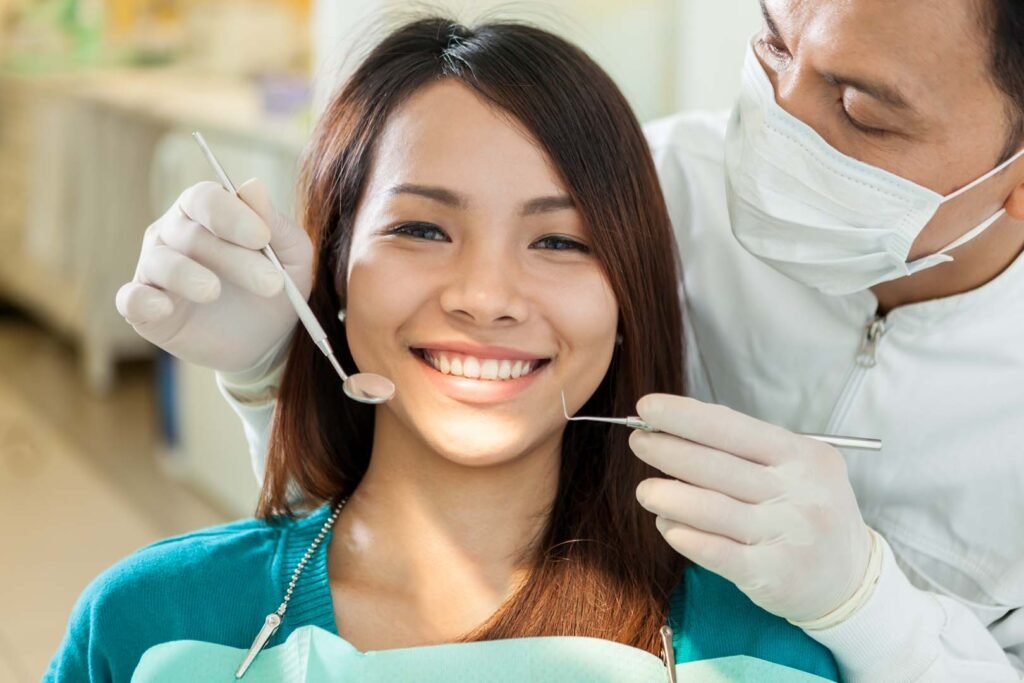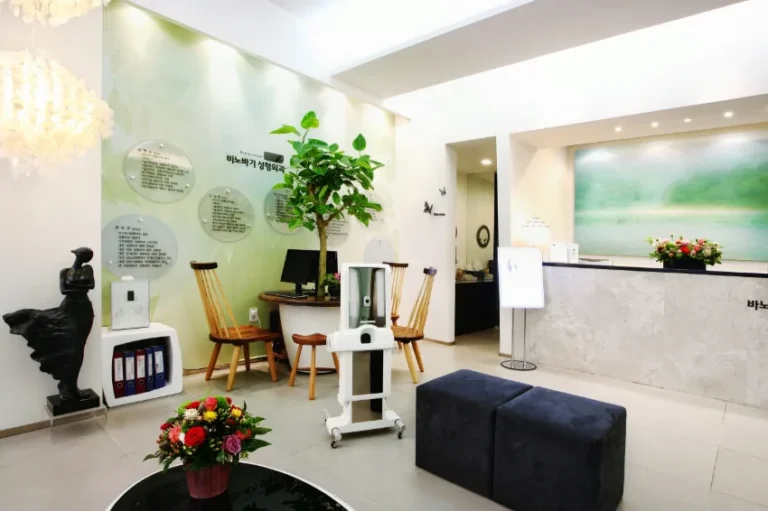Laser gum contouring is a popular cosmetic dental procedure in Korea, known for its precision, minimal discomfort, and fast recovery. But if you’re a diabetic patient considering this treatment—especially while traveling to Korea—you may wonder: Is it safe? How does diabetes affect healing? What do Korean dental professionals recommend?
This guide answers all your questions from a medical, safety, and travel-planning perspective, based on what leading Korean dentists advise diabetic patients before and after gum reshaping procedures.
🧬 What Is Laser Gum Contouring?
Laser gum contouring, also called laser gingivoplasty, involves reshaping and removing excess gum tissue using dental lasers. It’s commonly used to:
- Reduce a “gummy smile”
- Correct uneven gum lines
- Improve tooth-to-gum ratio for a more attractive smile
Unlike traditional surgical gum contouring, the laser method offers:
- Minimal bleeding
- Little to no stitches
- Faster healing
But for patients with diabetes—especially those with uncontrolled blood sugar—there are additional considerations.
🤔 Is Laser Gum Contouring Safe for Diabetic Patients?
✅ YES, but only under certain conditions.
Top Korean dentists agree: Laser gum contouring is generally safe for patients with well-managed Type 1 or Type 2 diabetes, provided that proper precautions are taken.
🗣️ “With stable blood sugar and good oral hygiene, diabetic patients can safely undergo laser gum reshaping. We routinely screen and monitor them more closely before and after the procedure.”
— Dr. Park Ji-Yeon, Cosmetic Dentist, Seoul
🩺 What Korean Doctors Recommend Before Surgery
1. Pre-Procedural Medical Clearance
Korean clinics typically request:
- Recent HbA1c levels (must be ideally <7.0%)
- List of medications (especially insulin or oral hypoglycemics)
- Doctor’s note if you have complications (neuropathy, retinopathy, cardiovascular issues)
2. Stable Glucose Levels
Your fasting blood glucose should be:
- Under 130 mg/dL on the day of the procedure
- Well-managed over the previous 1–2 months
📋 Uncontrolled diabetes can delay healing, increase infection risk, and make bleeding more difficult to control.
3. Thorough Oral Health Exam
Diabetic patients are more prone to:
- Gum disease (periodontitis)
- Dry mouth (xerostomia)
- Delayed wound healing
Your Korean dentist will first treat any active gum infections or inflammation before proceeding with the aesthetic reshaping.
⚠️ Who Should Postpone the Procedure?
According to Korean dental clinics, you should not proceed with laser gum contouring if:
- Your diabetes is newly diagnosed or poorly controlled
- Your HbA1c is consistently above 8.0%
- You have active gum disease or bleeding issues
- You’re recovering from other health complications
🚫 These conditions increase your risk of post-op infection and slow healing.
⚕️ How Korean Clinics Customize the Procedure for Diabetic Patients
To enhance safety, clinics may:
- Use low-heat lasers (like Er:YAG) to reduce tissue trauma
- Schedule procedures early in the day when blood sugar is most stable
- Apply topical antimicrobial gel after surgery
- Offer shorter sessions if large areas of gum are being treated
🧃 What About Eating and Medication?
Korean doctors advise:
- Continue your usual diabetes medication unless instructed otherwise
- Eat a light meal 1–2 hours before the appointment to avoid hypoglycemia
- Bring your glucometer and emergency glucose tablets or juice
If you’re traveling, ask your clinic if they can provide English-language aftercare instructions tailored for diabetics.
🧼 Post-Operative Care for Diabetic Patients
Healing may be slower, but with proper care, most diabetic patients recover well.
Key Recommendations:
| Do | Don’t |
|---|---|
| Keep blood sugar stable for 7–10 days post-op | Skip meals or take insulin without food |
| Use antiseptic mouthwash (alcohol-free) | Smoke or consume alcohol during recovery |
| Eat soft, balanced meals to promote healing | Eat spicy, acidic, or hot foods right after surgery |
| Monitor healing daily; report any signs of infection | Ignore swelling, pus, or unusual bleeding |
🧪 Some Korean clinics offer laser biostimulation post-op to help improve healing in diabetic patients.
✈️ Special Advice for Diabetic Medical Tourists in Korea
If you’re traveling from abroad, make sure to:
- Share your full medical history during the online consultation
- Bring translated medical records (especially HbA1c and medication list)
- Schedule the procedure early in your trip, allowing at least 5–7 days of recovery before flying back
- Pack all diabetes-related supplies, including snacks and emergency glucose
🌐 Many Korean clinics in Seoul, Gangnam, and Busan now offer multilingual services and tailor treatment plans for international diabetic patients.
🧑⚕️ Questions to Ask Your Korean Dentist
- Have you treated diabetic patients before?
- Will the laser method be adapted to minimize tissue damage?
- Can you monitor my healing more closely?
- What signs of infection or delayed healing should I watch for?
✅ Final Thoughts
Laser gum contouring can be safe and effective for diabetic patients when performed in a high-quality Korean clinic with proper planning and follow-up care. With the right precautions, diabetic patients can still enjoy the confidence of a balanced, healthy smile.
Need Help Finding a Diabetic-Friendly Dental Clinic in Korea?
I can recommend:
- Clinics experienced in treating diabetic international patients
- English-speaking coordinators
- Pre-trip consultation and glucose monitoring guidance




